|
Six years ago, when the Scotland's People website was relaunched with an entirely new interface, there were serious problems when it went live. I wrote about these problems on a number of occasions. (here, here, here and here). Over the course of the next six months or so, the developers gradually fixed some of these problems (see here and here). Obviously, when a major new website is launched, you can expect some minor problems, but it was clear that many of the problems should have been picked up during testing before the new site was launched. It was also clear that some problems could also have been detected had there been proper engagement with site users. So it's more than a little dispiriting, if perhaps not entirely surprising, to find ourselves back in the same situation with another "upgrade" to the website. In the last few years, the National Records of Scotland have not done themselves any favours in terms of public relations, with what could charitably be described as a reluctance to engage with users, which led me to prepare an open letter - signed by over a hundred genealogists, researchers and historians - to the head of NRS, Paul Lowe, to which the response was underwhelming to say the least. On Wednesday, the Scotland's People site was down (and the centres closed) for a new upgrade. Communication about this was typically poor. I'm aware of one person who had a booking at one of the satellite centres who, when they contacted the centre to rearrange their visit, was told that the centre knew nothing of this down time! So it was with a degree of trepidation that I visited the revamped website on Thursday when it came back online. And the problems were not hard to find. One common technique Scottish researchers use is to search for the death of a married woman under two surnames, her maiden name and her married name. This makes it much easier to identify the correct record before you pay for it. And this was a major problem in 2016. So I searched for a death I knew was there - Margaret Carstairs died in Crail in 1857 age 49. This was the result: Now I knew that Margaret's married name was Graham, so I repeated the same search changing only the surname: Notice that the reference details are identical - so this is the same record, indexed under both Carstairs and Graham. So if I searched the records using both surnames, I should get this record again. Here's what happens though: When they relaunched the site in 2016, this search was also broken, but in a different way - if you searched for a death with two surnames, it returned all results with either surname (a Boolean OR) rather than results with both surnames (a Boolean AND). This time round, the search fails altogether. This is far from the only issue though. The SP home page has a big friendly box to get you started, where you can enter a name and a date range and search across all the records Running that search shows the following results summary: If you then click through to the any of the results for Old Parish Registers, it passes the date range as 17010101 to 17100101 (in other words 1 January 1701 to 1 January 1710). What that means is that any events recorded from 2 January 1710 to 31 December 1710 will be missed, even though they are there. In 2016, I wrote about the strange results for Coupar Angus. This bug was fairly easy to explain - for some reason Coupar Angus had been assigned to the county of Forfar, whereas all other parishes in the same county were assigned to Angus. (Angus and Forfarshire are two different names for the same county). A minor issue, but one that is simply down to the way the data was recorded. So I was curious to see if Coupar Angus was behaving itself. I searched for deaths in Coupar Angus between 1855 and 1900, and this is what was returned: I'm sure we'd have heard if the good folk of Coupar Angus had discovered immortality, so this result seemed unlikely. So I removed the date range to see if that made any difference and suddenly the deaths were revealed: But even that's not the end of the problems for Coupar Angus. I repeated the search removing the sort order and got the following results: Last time I checked, Auchterarder and Perth were not Coupar Angus, so quite why those results appeared there is beyond me. One issue with the original launch was the way filenames were assigned to saved images. Back then, when you saved an image, the files were simply given a datestamp as the filename - not very useful if like me you have thousands of images downloaded from Scotland's People. Five months after the relaunch, this was fixed so that images were automatically given meaningful filenames that allowed you to identify the record type, the year, registration district and so on. Unfortunately, that problem is back - now the default filename is "ScotlandsPeople_imagenameraw", which is not very helpful at all, and would rapidly become unmanageable if you save large numbers of files. At the bottom left of each search results page is a list of handy links to other record sets in the same category (Statutory Registers, Church records and so on). Every single one of these links was initially broken, although they now appear to be working. Although this problem has now seemingly been resolved, checking for broken links is a basic feature of pre-launch testing, but clearly it wasn't done. A search for Carstairs births in Crail 1926-1950 produces 217 results, none of which are from Crail. There are however 9 results from Dunfermline, which is at least in the same county - Fife - as Crail. However, if you then search for Carstairs births in Dunfermline in the same period, you get the following results: So there are Carstairs births in Dunfermline in this period, but you can't find them by searching for, well, Carstairs births in Dunfermline.
There are other issues, but I think by now you're getting the picture, and this post is long enough as it is. It's abundantly clear that once again, the NRS have launched an update that is not fit for purpose. It's hard to see how these bugs could have slipped through a properly designed testing regime. The implication is that the testing regime was at best inadequate. Some at least of these problems could readily have been avoided had there been advance consultation with users. As someone who's used Scotland's People and its forerunner Scots Origins since it was first launched in 1998 - I was one of the first 100 people to register with the site - I've previously offered to test updates free of charge. One of the key demands of our open letter was the establishment of a meaningful user group, something that the NRS management do not seem inclined to agree to. Perhaps this latest avoidable fiasco could change their minds. For users, my advice would be not to trust any negative results and either postpone your research until they fix these problems, or else think creatively when searching - or be prepared for long trawls through irrelevant results. PS None of this bodes well for the much-delayed launch of the 1921 census, which according to the NRS' own deadline is due to launch in the next 35 days. Fingers crossed they don't mess that up as well.
4 Comments
Today the National Records of Scotland broke radio silence on the much-delayed publication of the 1921 census. I won't go into the details of the sorry saga surrounding the release of these records - suffice to say this has not been the NRS' finest hour. Indexing is about 60% complete. The contract was signed in January, and the NRS are now saying they are "confident" they will publish before the end of the year, whereas a few months ago they were saying they "will" publish in the second half of this year, it seems likely we'll have to wait a few months yet before we can finally see the first census after World War One.
It seems opportune therefore to set out what to expect when the census is eventually released. From the first census in 1801, the amount of information gathered increased regularly, making the census returns more useful for historians and genealogists alike. The 1921 census continued that process, including more information than its 1911 counterpart. The individual household schedules are not being published - instead, what we will see are the enumeration books. It's important to understand the difference - the household schedules were filled in by the residents, usually by the head of household. The enumeration books are transcriptions of those schedules carried out by enumerators - individuals employed by the census office. So unlike the English equivalent, you won't be able to see your ancestors' handwriting.
The other change in terms of what the NRS are producing, is that once the indexing has been completed and the images published on Scotland's People, a complete transcription of all the fields will be produced as part of the contract. This is something academic historians have long been pushing for, as it makes all sorts of historical research possible in a way that isn't feasible with indexed images alone. As yet, though, it's not clear if this transcription will be made publicly available when it is eventually complete.
Great news from Scotland's People this morning - 36,000 new records have been added to the website. The records include:
The Scotland's People website was down for a couple of hours this morning, to allow the team to update the site. They've made a number of improvements, or rather fixes, to the search engine. Arguably these should have been in place when the site was relaunched in September last year, but after having regular meetings with the team behind the site over the last 6 months, we're a little more understanding of the difficulties they faced than perhaps we were at the time.
The announcement of the fixes reveals that two of the biggest grips Scottish genealogists have had with the new website have at least been fixed:
Another consequence of the multiple results for the same marriage is that sorting the search results by "spouse surname" doesn't quite behave as you might expect. We've not done enough testing on the new interface to be sure, but the new system appears to group all results for the same marriage together. These are however minor quibbles. The changes introduced are a major improvement to search functionality, and we'd like to thank the team at NRS for their hard work in fixing bugs. We've written before about the revamped Scotland's People site, and some of the problems and bugs we found. (See for instance here, here, here and here.) Over the last few months, the staff at the National Records of Scotland and their contractor have been working to resolve the various problems, posting regular updates on their progress.
Over the weekend, we noticed for the first time that one of our particular bugbears has been fixed. When the site first relaunched, the default file names for images were simply date stamps - not very helpful if like us you download large numbers of images. Now when you save an image, the file name defaults to a useful name that incorporates the reference number for the record, making it much easier to keep track of your images. To clarify this, one image we bought over the weekend for a client was automatically given the following filename: ScotlandsPeople_C1841_898_00_007_000_2_007Z Using this filename, you can identify the following information:
It's always important to remember, though, that not all records are available online. We've published hundreds of thousands of Scottish records not on Scotland's People, and visit the National Records of Scotland regularly. If you're looking for information in these offline records, why not ask if we can help? We've already discussed some of the teething problems of the new Scotland's People website, which was launched this week. Clearly the staff at Scotland's People are listening, because they've acknowledged at least some of the problems. They've also accepted that some of the features of the old site which have been removed will likely be reinstated.
Meanwhile, we're in the Scotland's People Centre regularly - if you can't find what you're looking for on the Scotland's People website, we may be able to help. (You can read the full announcement from Scotland's People here) The new Scotland's People website launched yesterday, and there are some great new features (we'll be writing more about them shortly), and most importantly, some extremely useful new record sets. Eventually it will be a major improvement on the old version, but we've had some misadventures when searching. So far we've found what appear to be four different bugs in the search engine:
So is William, the second entry in this list: The Reference and entry numbers are the same, showing that these index entries refer to the same event (which I already knew, I have a copy of the certificate). The search is supposed to allow you to search for a marriage record using both surnames. But when I tried to do so, this is what came up:
2643 matches! Quite a lot to trawl through. Now what happens if I search for her under just one of the surnames? Given that 2493 + 60 = 2553, what the search engine does when you search for a death with two surnames is return all index entries that match either surname. Potentially a useful option in some cases, but not very practical at all in this case. I'm sure Scotland's People will fix these quickly, but just be warned, the search results may not be quite what you're used to.
Coupar Angus is a pleasant little town, with a slightly complicated geography. It's generally accepted that it's mostly in Perthshire, but partly also in Forfarshire/Angus. I say generally, because it seems the new Scotland's People website has a third option - it's in neither. The clipping above shows what happens when you search for deaths in Coupar Angus in 1855-1890. There are quite a few, a little under 70 a year. (The actual number will be somewhat lower, because married women are indexed under their maiden names and married names.) But were these deaths in Angus or Perthshire? Not in Perthshire, apparently, so presumably they were in Angus: Oh. So where was Coupar Angus? Somebody's got some county-coding mixed up ...
The new - and slightly delayed - version of the Scotland's People website went live this afternoon. The new records added are obviously more than welcome, but something strange happens when you search the records. This is what you see when you search for ROBERTSON in one of the new record sets - Bon Accord Free Church baptisms in Aberdeen (NRS Ref: CH3/874/15) - with no dates specified (see the top line of this image for the search parameters): You'll notice that the 4 entries are dated between 1849 and 1854. Now watch what happens when you search in the same register for Robertsons born between 1849 and 1854: I *think* what's happened is that the baptism dates are not being mapped properly on to the birth date search parameters, but I can't be certain. It's certainly not limited to one record set. The same thing happens when you search in the Kinclaven Associate Session, often referred to as Kirk o' the Muir (NRS Ref CH3/502/2). I don't think it should be too difficult to fix this problem, but I'd really have expected this to be picked up in testing.
Have you tried the new Scotland's People website? What are your impressions? After several unplanned delays, the new-look Scotland's People website went live this afternoon. There are a few changes worth noting:
|
Old ScottishGenealogy and Family History - A mix of our news, curious and intriguing discoveries. Research hints and resources to grow your family tree in Scotland from our team. Archives
November 2022
Categories
All
|
- Home
-
Records
- Board of Supervision
- Fathers Found
- Asylum Patients
- Sheriff Court Paternity Decrees
- Sheriff Court Extract Decrees
- School Leaving Certificates
-
Crown Office Cases AD8
>
- AD8 index 1890 01
- AD8 index 1890 02
- AD8 index 1890 03
- AD8 index 1890 04
- AD8 index 1890 05
- AD8 index 1890 06
- AD8 index 1890 07
- AD8 index 1890 08
- AD8 index 1890 09
- AD8 index 1890 10
- AD8 index 1890 11
- AD8 index 1900 1
- AD8 index 1900 2
- AD8 index 1900 3
- AD8 index 1900 4
- AD8 index 1900 5
- AD8 index 1900 6
- AD8 index 1905 1
- AD8 index 1905 2
- AD8 index 1905 3
- AD8 index 1905 4
- AD8 index 1905 5
- AD8 index 1905 6
- AD8 index 1915 1
- AD8 index 1915 2
- Crown Counsel Procedure Books
- Sheriff Court Criminal Records
- Convict criminal records
-
Workmens Compensation Act Records
>
- Workmens Compensation Act Dundee 1
- Workmens Compensation Act Dundee 2
- Workmens Compensation Act Dundee 3
- Workmens Compensation Act Dundee 4
- Workmens Compensation Act Dundee 5
- Workmens Compensation Act Dundee 6
- Workmens Compensation Act Forfar 1
- Workmens Compensation Act Banff 1
- Workmens Compensation Act Perth 1
- Registers of Deeds
- General Register of the Poor
- Registers of Sudden Deaths
- Anatomy Registers
-
Resources
- Blog
- Contact
- Shop
|
Data Protection Register Registration Number: ZA018996 |

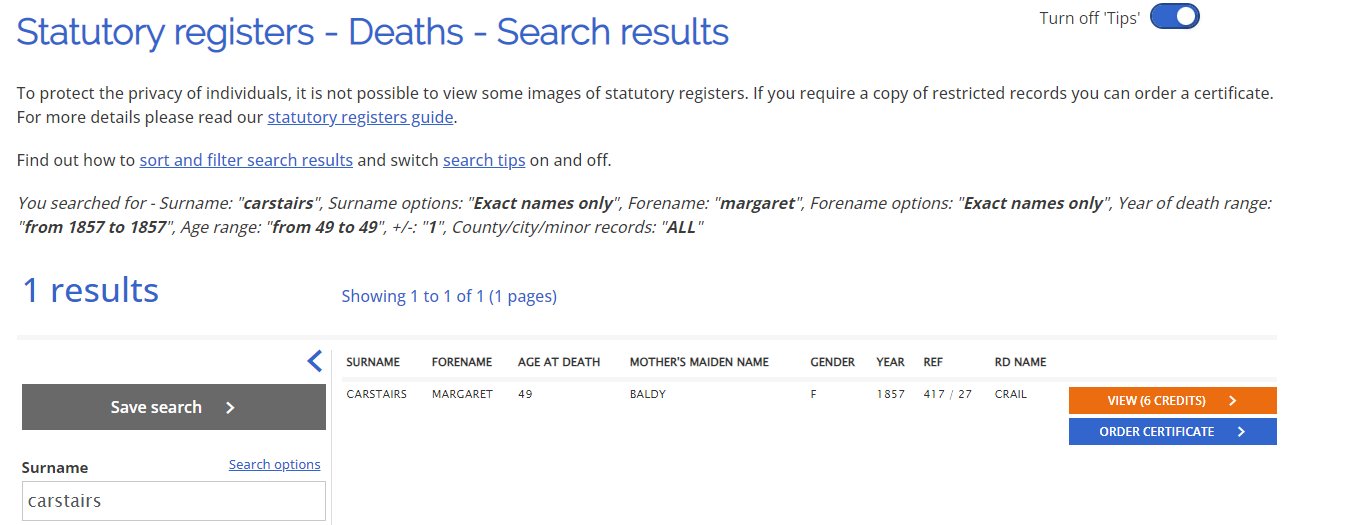
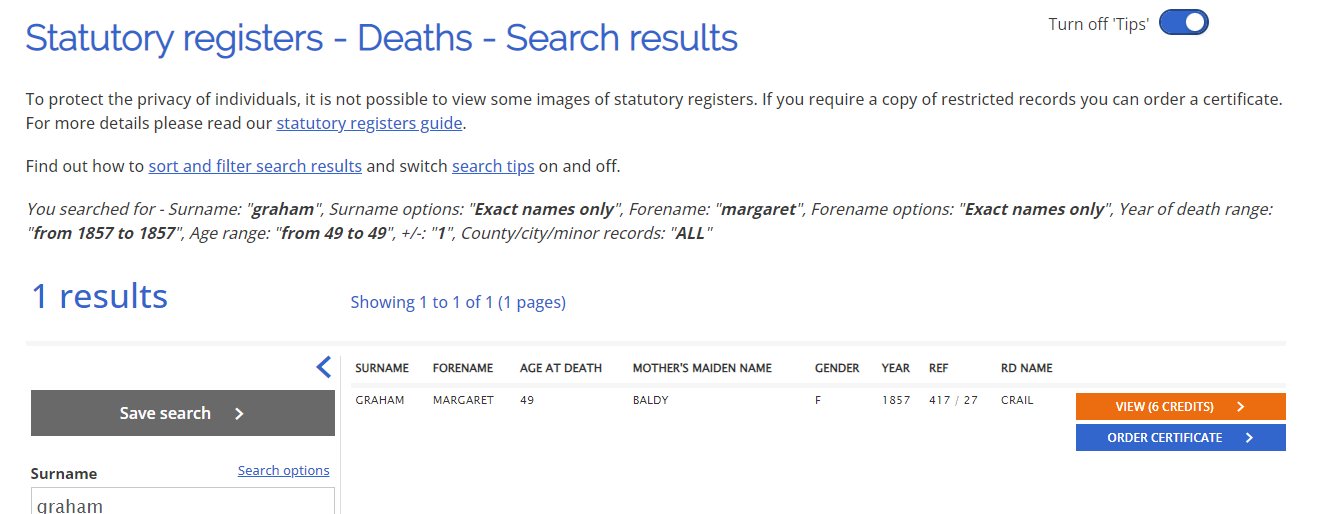
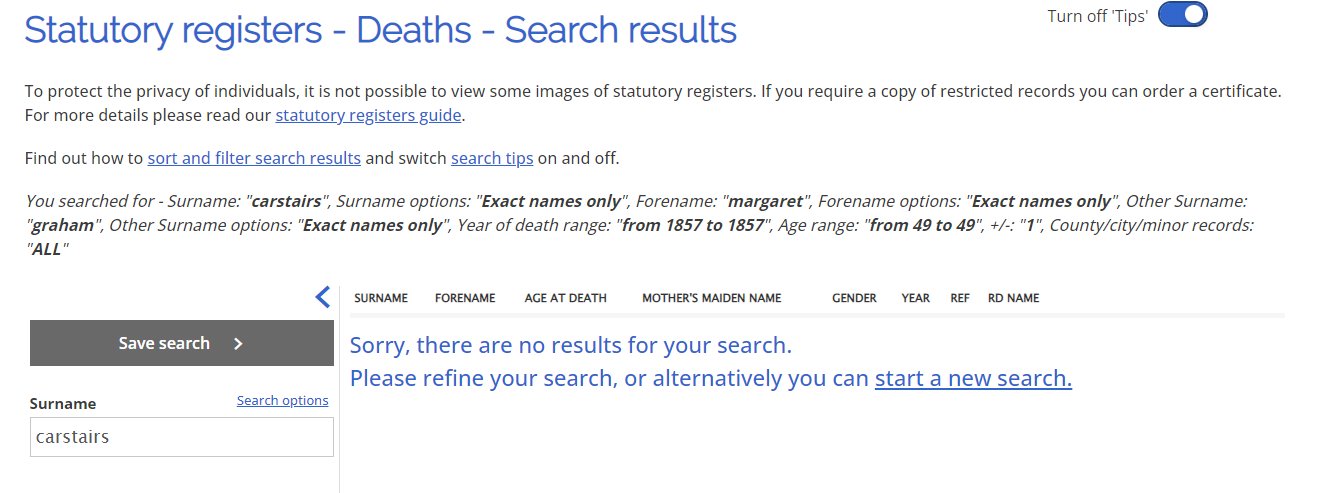
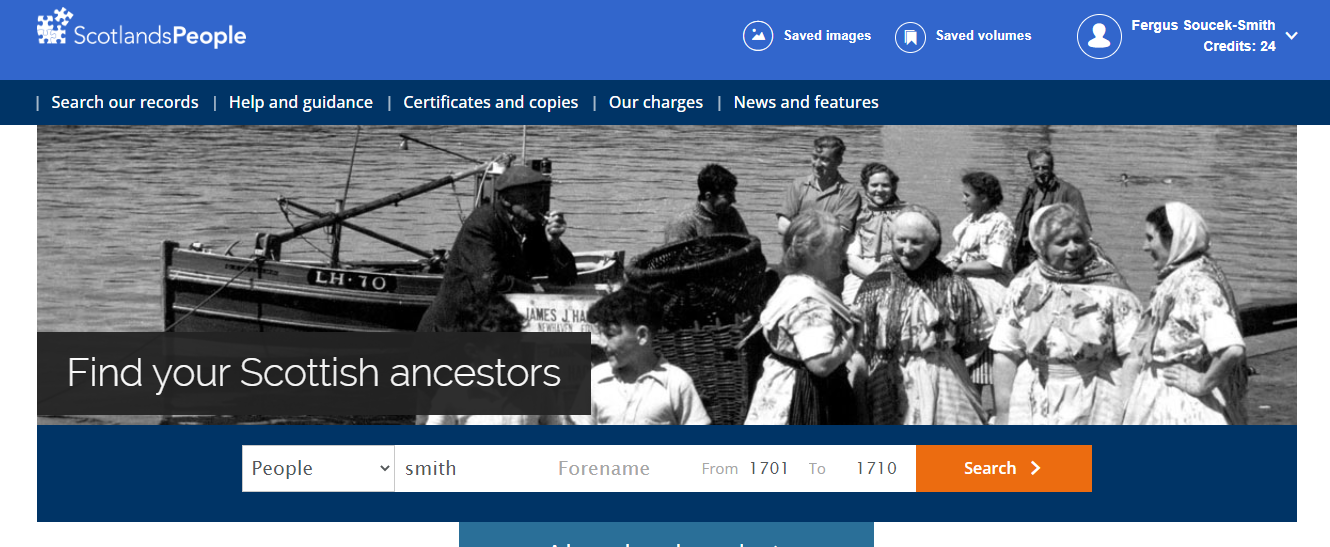
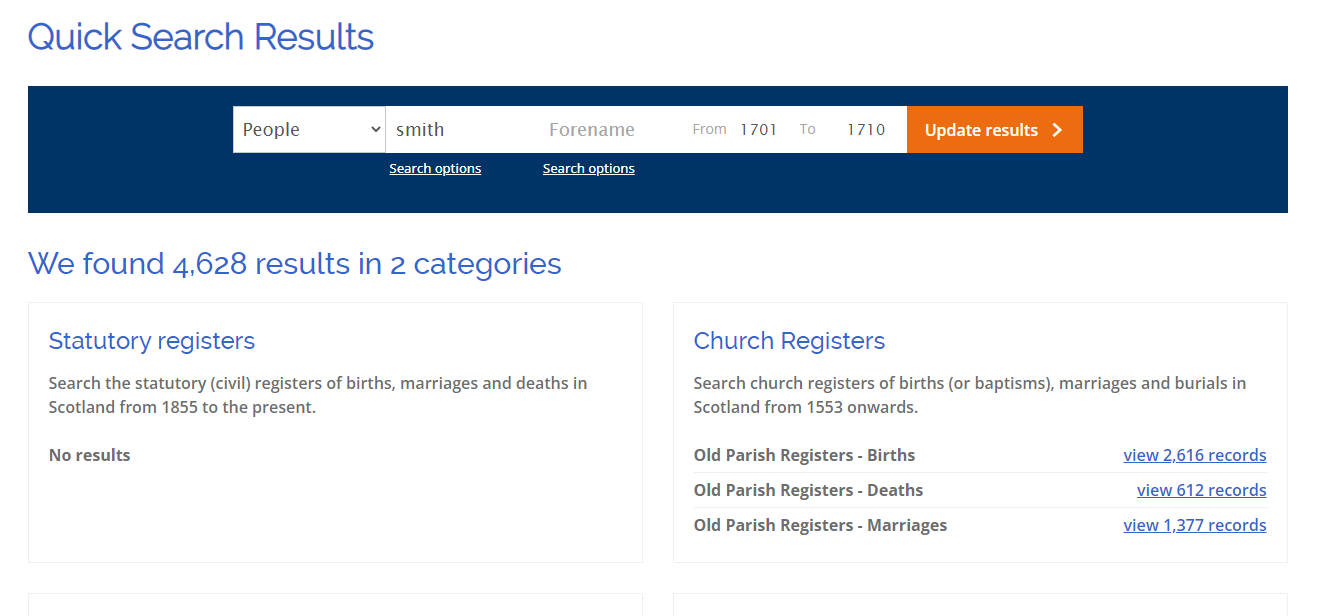

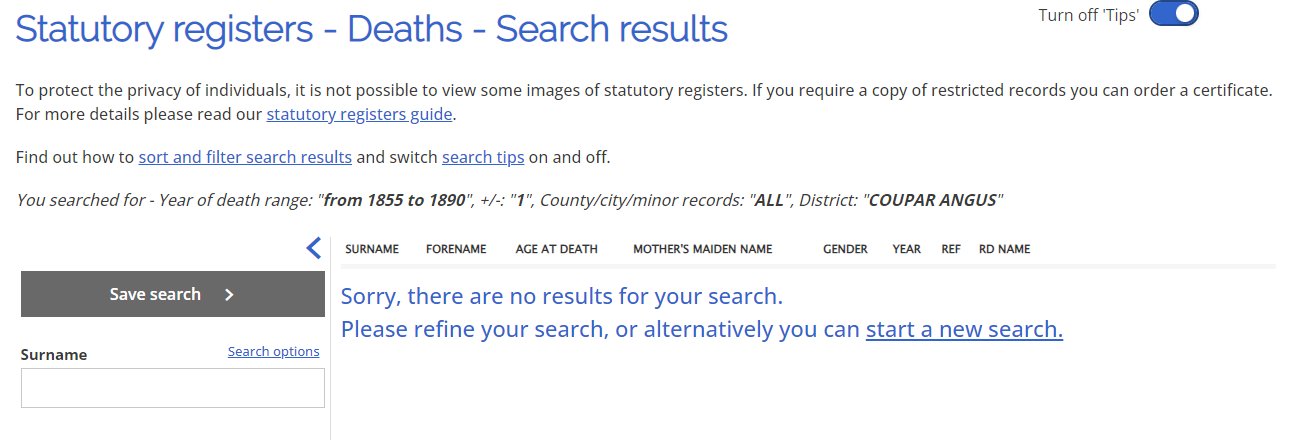
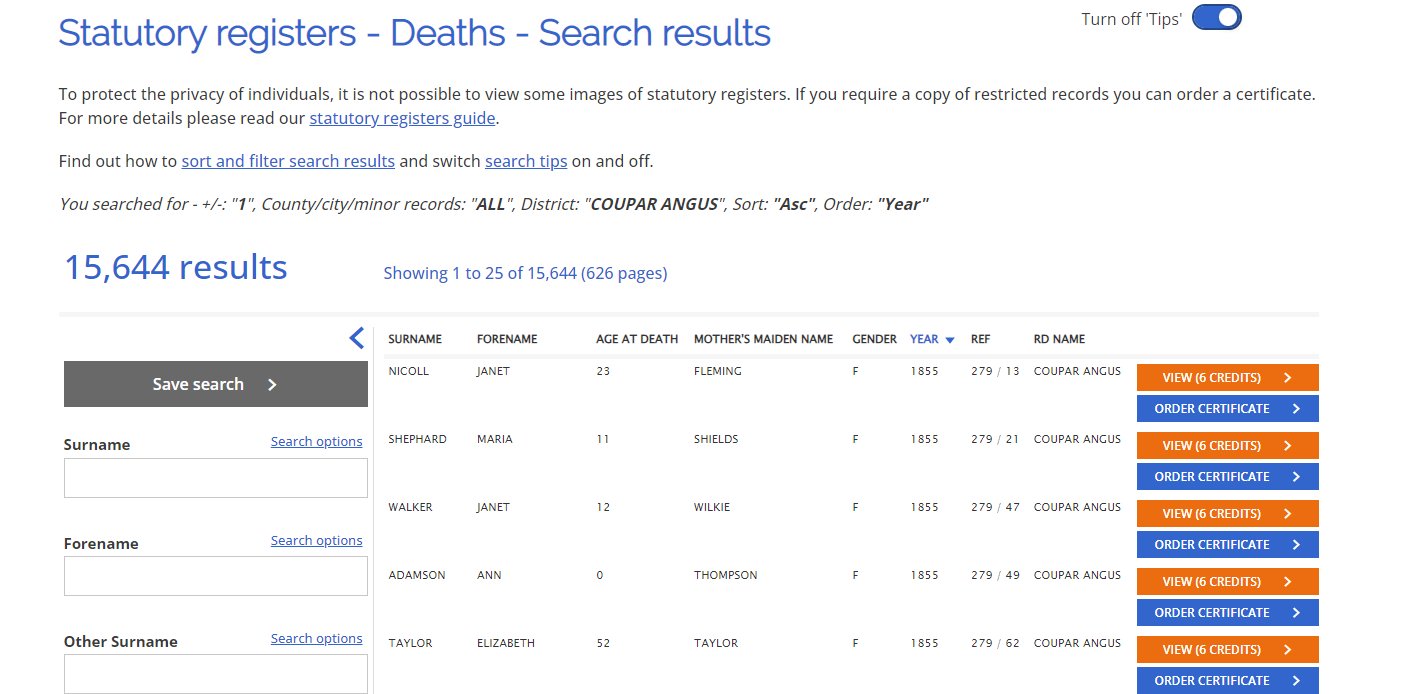
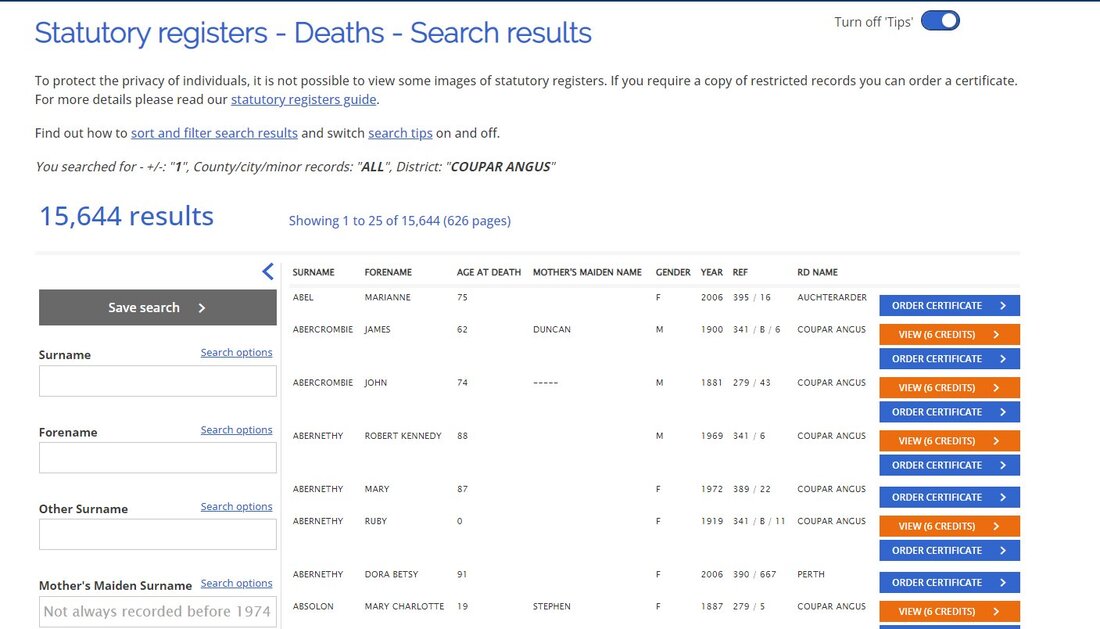
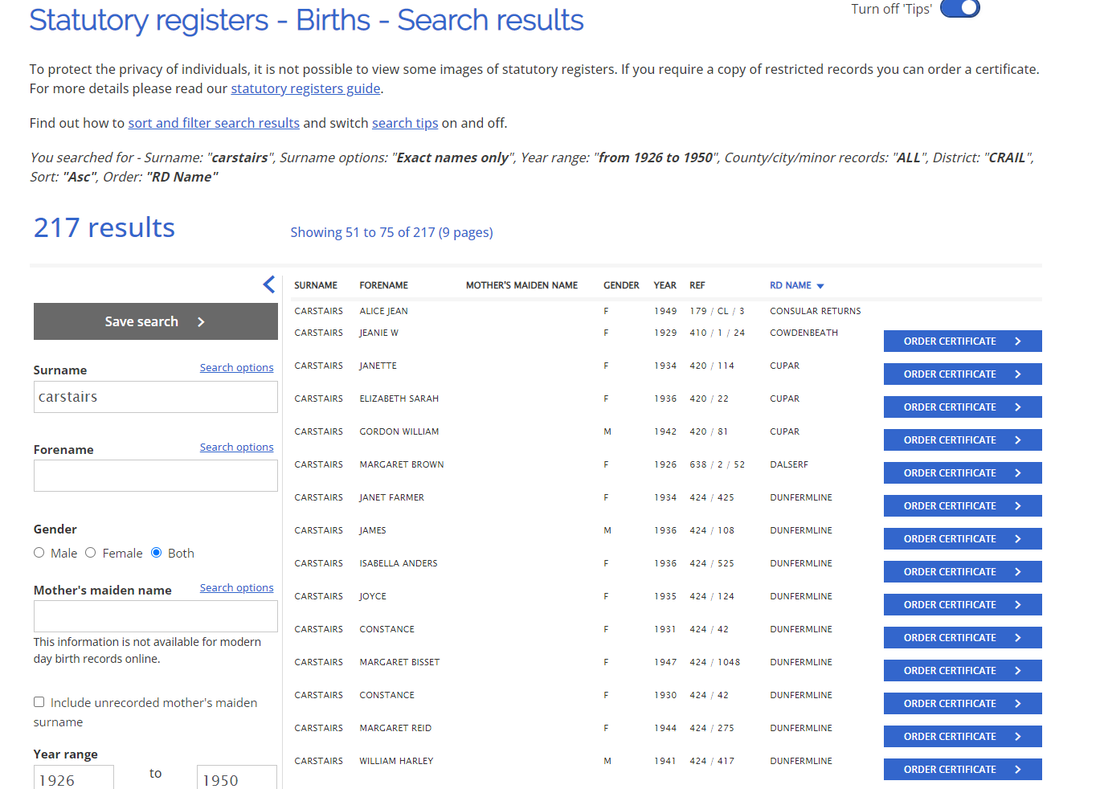
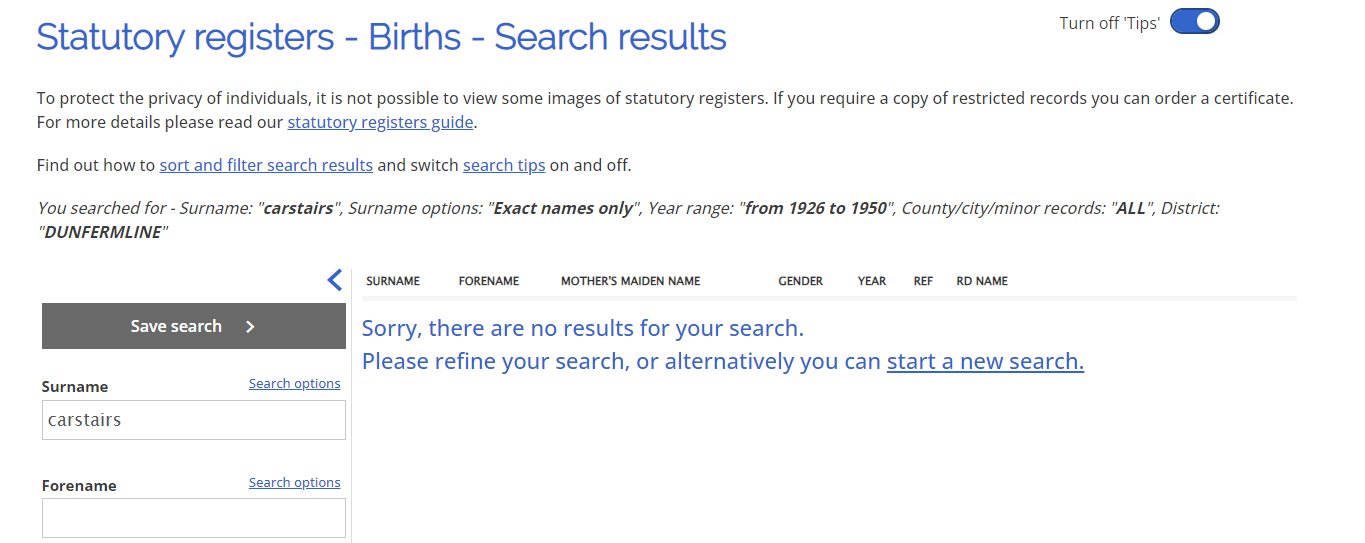










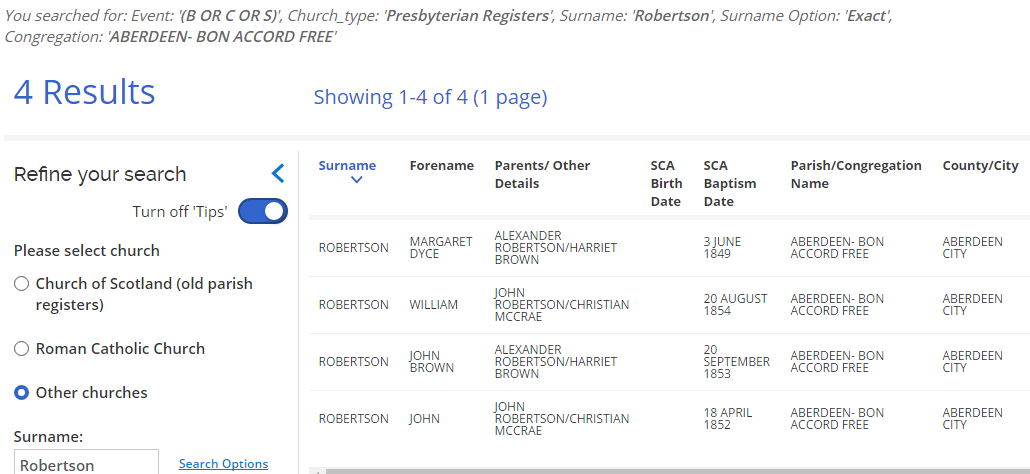



 RSS Feed
RSS Feed
